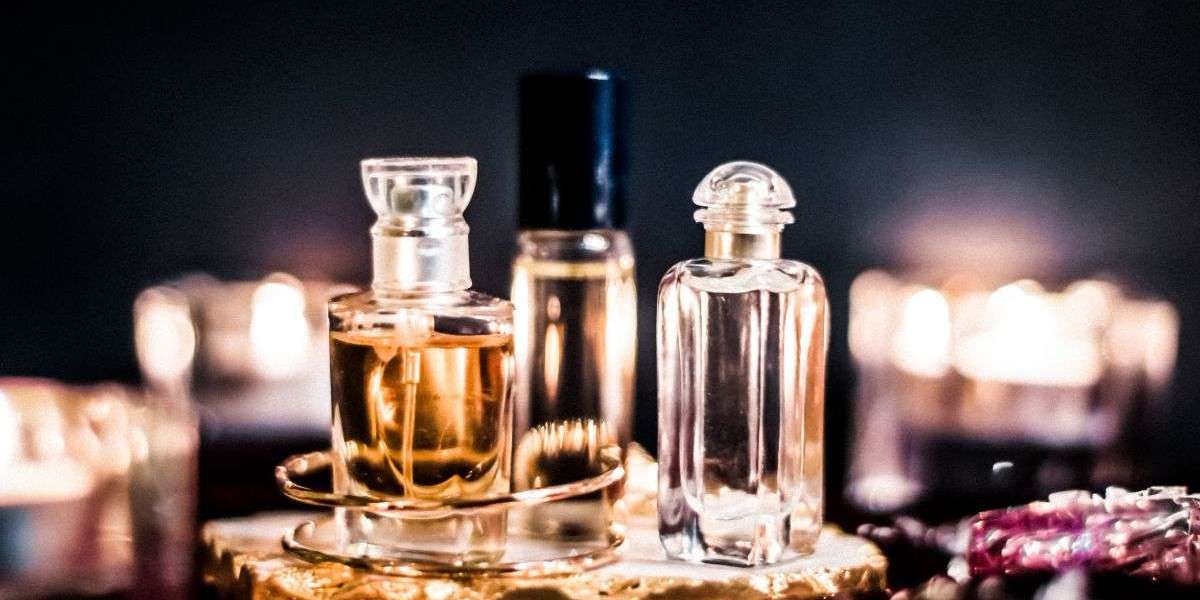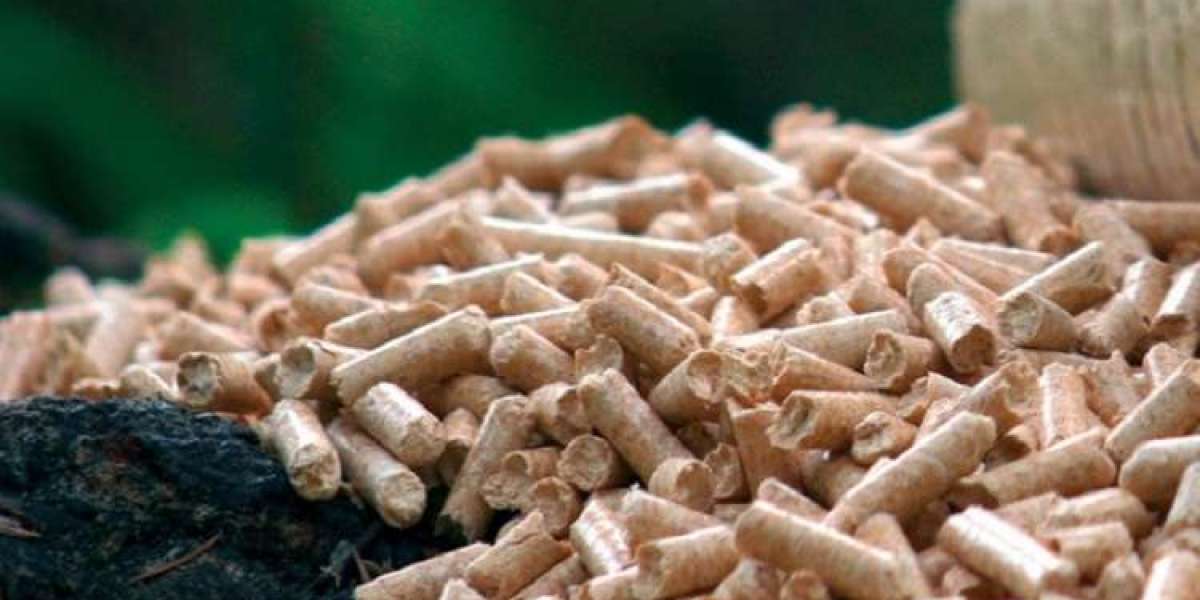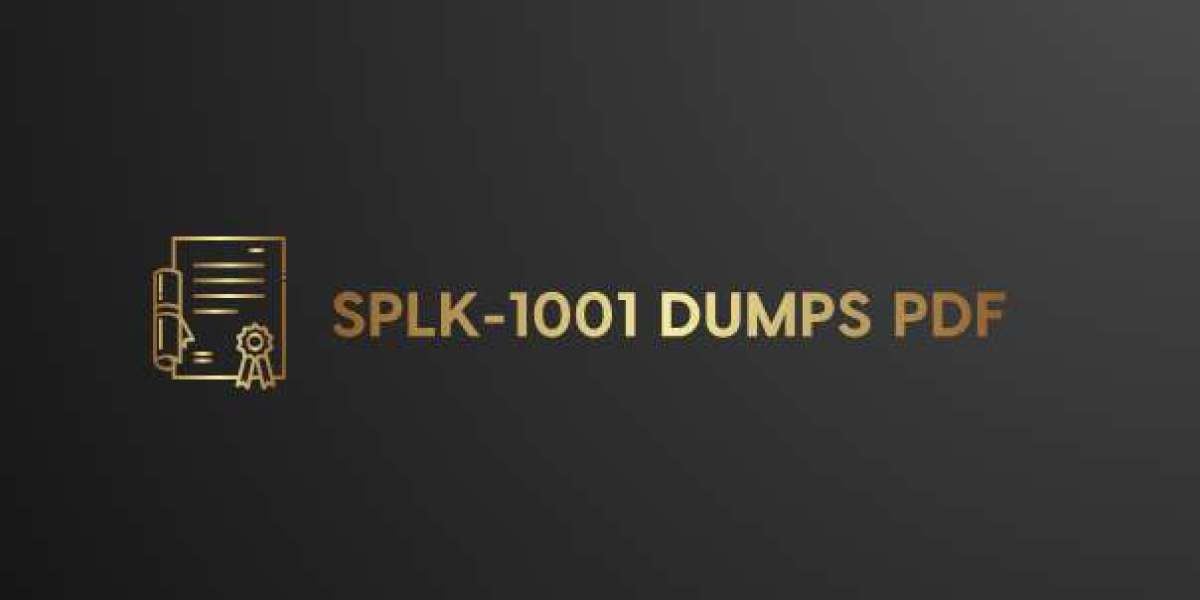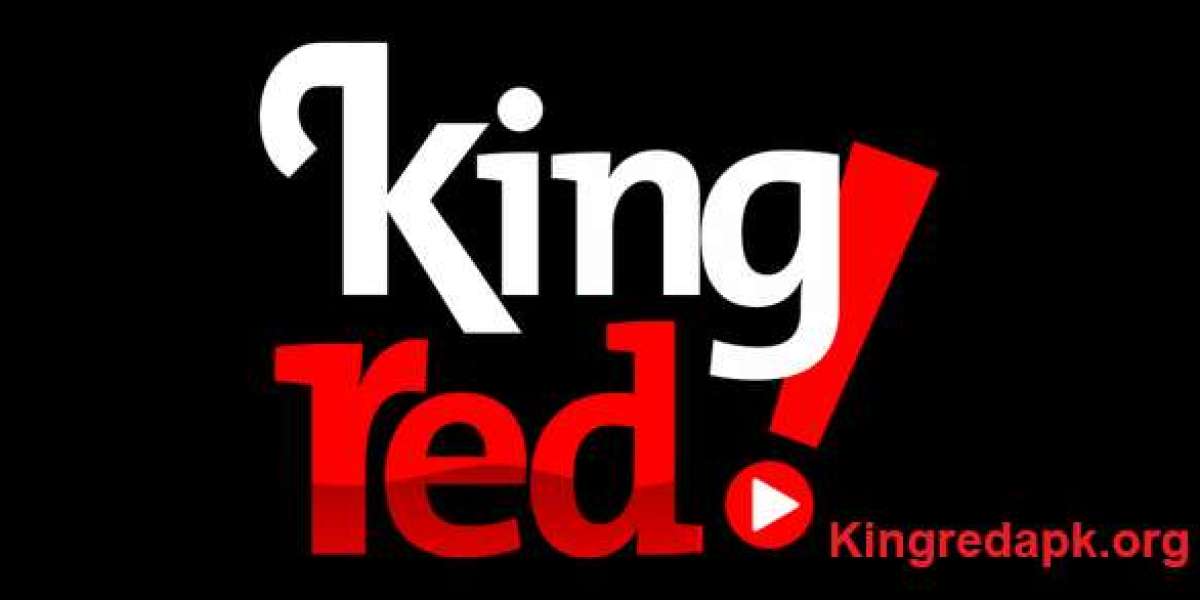The Australia fragrance and perfume market is estimated to be valued at AUD 1219.83 million in 2024. It is expected to grow at a compound annual growth rate (CAGR) of 4.20% between 2025 and 2034 to reach almost AUD 1840.67 million by 2034. This steady growth is driven by changing consumer preferences, increasing disposable incomes, and an expanding market for luxury and niche fragrances. With the rising popularity of personal grooming, self-care, and branded perfumes, the fragrance market in Australia is poised for continued expansion.
Market Dynamics: The Growing Popularity of Fragrances
The Australian fragrance and perfume market is evolving rapidly, influenced by a combination of shifting consumer behavior, lifestyle changes, and a growing focus on premium and artisanal products. Perfumes have long been an essential part of personal grooming, but in recent years, the market has witnessed an influx of both mass-market and luxury brands, offering an array of products catering to a wide range of preferences and price points.
Fragrances, once considered a luxury, have become an integral part of daily routines for many Australians, from everyday wear to special occasions. As people seek to express their individuality through scent, the demand for high-quality perfumes, colognes, and fragrances has surged. This, combined with the increased focus on self-care and personal wellness, is contributing to the growth of the fragrance market in Australia.
The Role of Social Media and Digital Platforms
One of the key factors influencing the Australian fragrance market's growth is the increasing role of digital platforms and social media. Influencers, beauty bloggers, and celebrities frequently promote fragrance brands on platforms like Instagram, YouTube, and TikTok, shaping consumer perceptions and driving brand awareness. These online channels have allowed niche and luxury fragrance brands to gain exposure and cater to a more discerning audience who may not have had access to certain perfumes otherwise.
The rise of e-commerce has also made it easier for consumers to purchase fragrances from the comfort of their homes. Online retailers offer a wide variety of options, from global perfume houses to independent and boutique brands, often providing product reviews, descriptions, and recommendations to guide consumers in their purchasing decisions. This growing accessibility to perfumes and fragrances is expanding the market's reach beyond traditional retail stores.
The Shift Toward Natural and Sustainable Ingredients
Sustainability has become a major theme in consumer behavior across various sectors, and the fragrance industry is no exception. Australian consumers are increasingly gravitating toward fragrances made from natural, organic, and sustainably sourced ingredients. The use of synthetic chemicals in traditional perfumes has raised concerns among environmentally conscious buyers, prompting many to opt for eco-friendly and natural alternatives.
Brands that focus on ethically sourced ingredients, cruelty-free practices, and sustainable packaging are gaining popularity. This trend has led to the emergence of clean beauty brands in the fragrance sector, which emphasize transparency and the use of safe, natural components in their products. Furthermore, the demand for refillable perfume bottles and recyclable packaging is on the rise, as consumers become more aware of their environmental impact.
The Influence of Luxury and Niche Fragrances
Another significant trend in the Australian fragrance market is the growing demand for luxury and niche fragrances. While mass-market fragrances remain popular, a growing segment of consumers is turning to exclusive, high-end perfumes that offer unique, personalized scent profiles. These luxury fragrances are often sold in boutique stores or through exclusive online platforms, catering to a more affluent consumer base looking for distinct, long-lasting scents.
Niche fragrance brands, which focus on creating small batches of perfumes using rare and high-quality ingredients, are also gaining traction in Australia. These brands often emphasize craftsmanship and artistry in their scent creations, appealing to consumers who value individuality and authenticity. Many consumers are now more willing to invest in a bottle of fragrance that reflects their personality and style, rather than opting for mass-produced, widely available scents.
As the interest in personalized and bespoke products grows, fragrance houses are also offering bespoke perfume services, where customers can work with perfumers to create a unique scent tailored to their preferences. This bespoke approach allows consumers to feel more connected to their fragrance, enhancing the appeal of niche and luxury offerings.
Demographic Shifts and Consumer Preferences
Consumer preferences in the Australian fragrance market are also being shaped by demographic shifts. Younger generations, particularly Millennials and Gen Z, are increasingly becoming key drivers of market growth. These age groups are highly attuned to trends in beauty and wellness, seeking out fragrances that align with their values, such as cruelty-free, vegan, or eco-conscious products.
Moreover, these generations are more likely to experiment with different fragrance types, such as unisex perfumes and gender-neutral scents. The increasing popularity of androgynous fragrances reflects the broader societal shift towards inclusivity and breaking down traditional gender norms. This trend is encouraging brands to create perfumes that cater to a more diverse range of tastes, further expanding the market's consumer base.
In addition, the rise of online shopping and direct-to-consumer sales has enabled fragrance brands to reach a broader audience, allowing them to target not only urban consumers but also those in regional and rural areas who may not have easy access to high-end retail stores.
The Australian Luxury Fragrance Market
The luxury fragrance market is one of the most dynamic segments of the Australian fragrance industry. As disposable incomes rise, Australian consumers are increasingly indulging in premium and exclusive perfume brands. High-end fragrance houses like Chanel, Dior, Tom Ford, and Gucci are well-established in the Australian market, and their perfumes continue to attract consumers who are willing to invest in luxury products.
The growing interest in luxury perfumes is also linked to broader trends in the luxury goods market, where consumers are seeking high-quality products that signify status, refinement, and personal style. As Australians become more discerning in their choices, the demand for luxury and premium fragrances is expected to remain strong, with a shift toward long-lasting and sophisticated scents.
Challenges in the Market
While the fragrance and perfume market in Australia is growing, there are several challenges that brands must navigate. One of the most significant challenges is the high level of competition within the market, especially in the luxury and niche fragrance segments. Many well-established global brands already have a strong presence in Australia, and new brands must work hard to differentiate themselves.
Additionally, the regulatory landscape around the use of fragrance ingredients is becoming stricter, with more emphasis on transparency and safety. Brands will need to ensure compliance with these regulations while also maintaining the high-quality standards that consumers expect.
Conclusion: A Bright Future for the Australia Fragrance Market
The Australian fragrance and perfume market is poised for continued growth, driven by rising consumer demand for luxury, natural, and sustainable products. With a projected market value of AUD 1840.67 million by 2034, the sector’s expansion reflects evolving consumer preferences, including a strong desire for personalized experiences, eco-friendly products, and high-end fragrances. As fragrance houses continue to innovate and cater to changing consumer values, the market in Australia will remain an attractive space for both established and emerging brands.
With a growing focus on sustainability, luxury, and individuality, the future of the fragrance and perfume industry in Australia is bright, offering exciting opportunities for brands that can meet the evolving needs of today’s discerning consumers.








